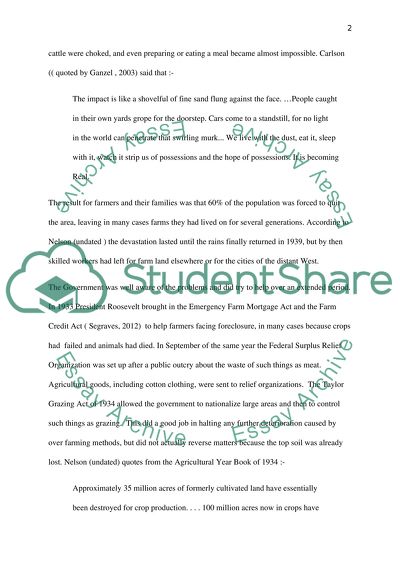Cite this document
(“Dust bowl Research Paper Example | Topics and Well Written Essays - 750 words”, n.d.)
Retrieved from https://studentshare.org/physics/1463622-dust-bowl
Retrieved from https://studentshare.org/physics/1463622-dust-bowl
(Dust Bowl Research Paper Example | Topics and Well Written Essays - 750 Words)
https://studentshare.org/physics/1463622-dust-bowl.
https://studentshare.org/physics/1463622-dust-bowl.
“Dust Bowl Research Paper Example | Topics and Well Written Essays - 750 Words”, n.d. https://studentshare.org/physics/1463622-dust-bowl.


